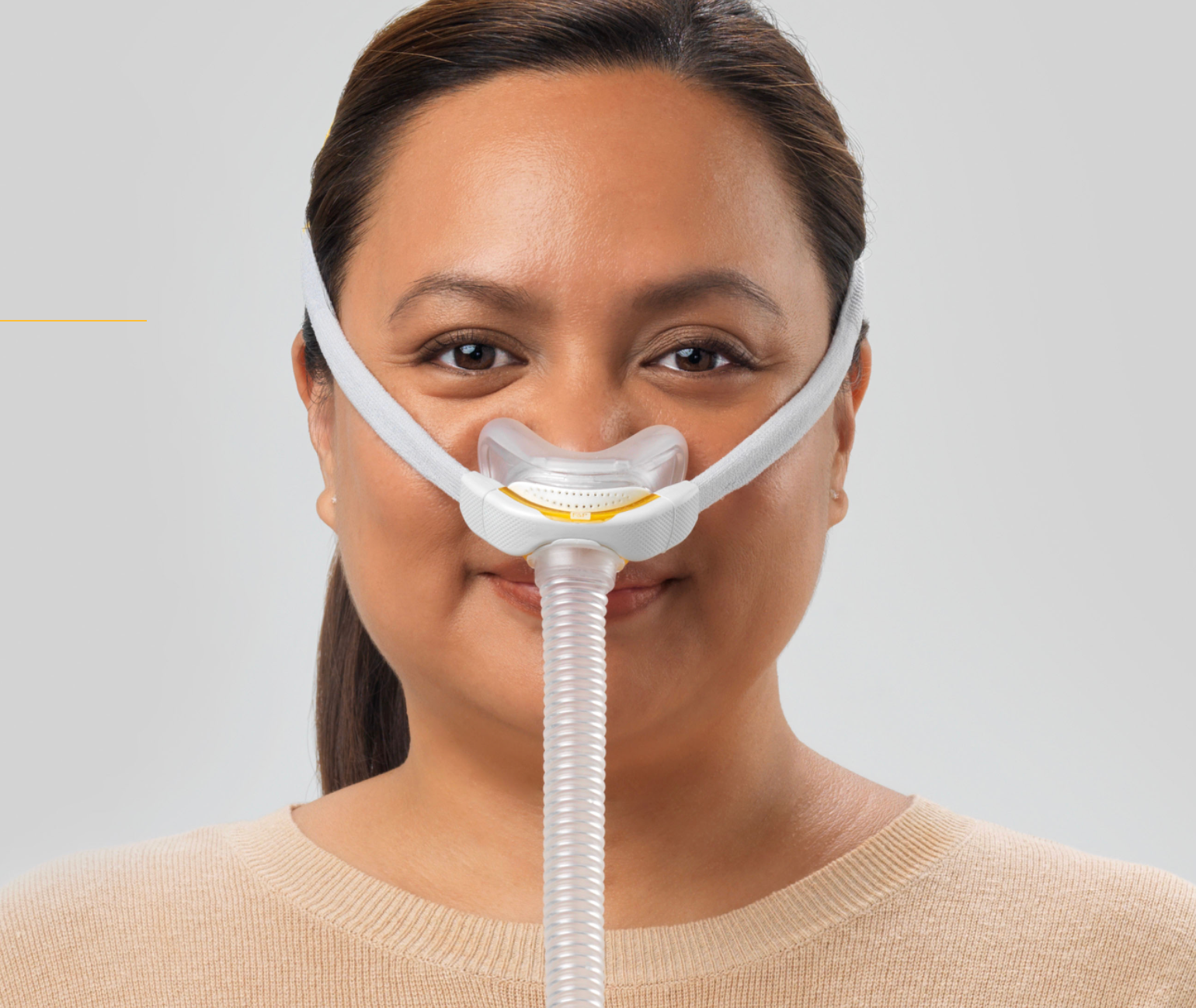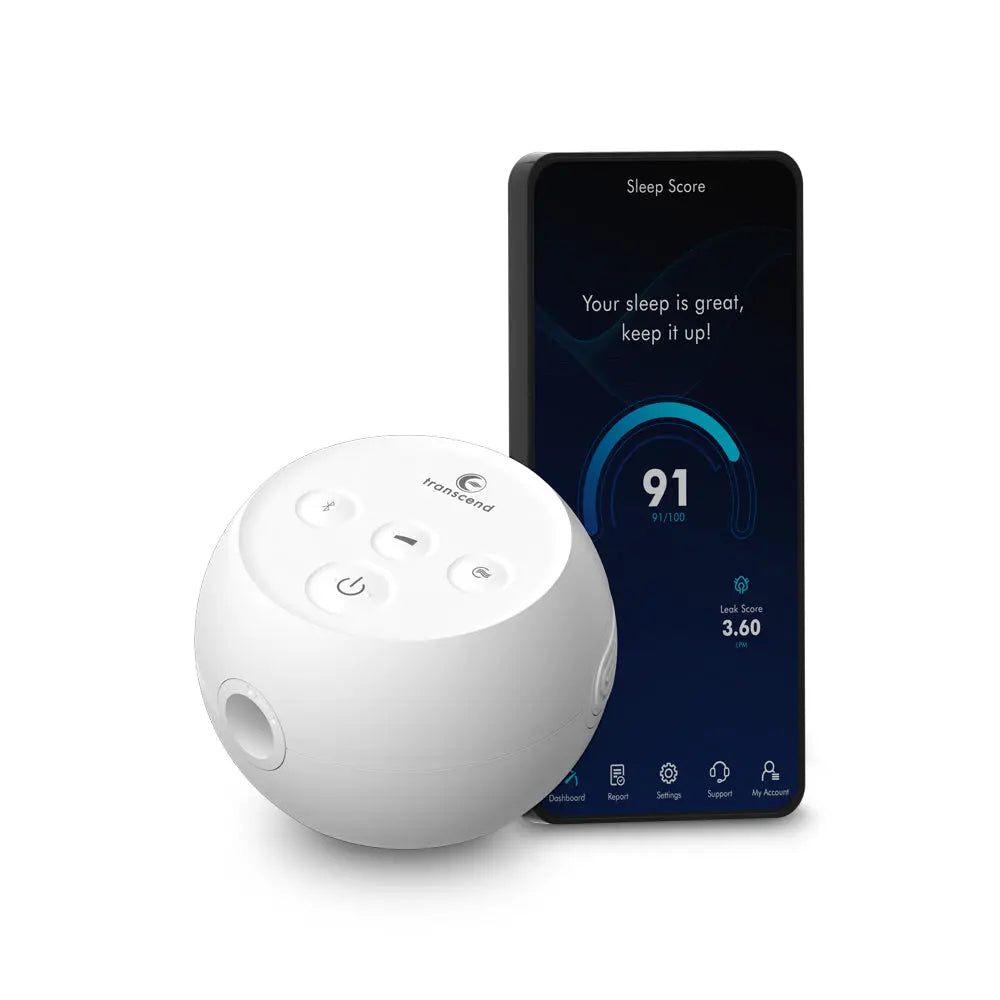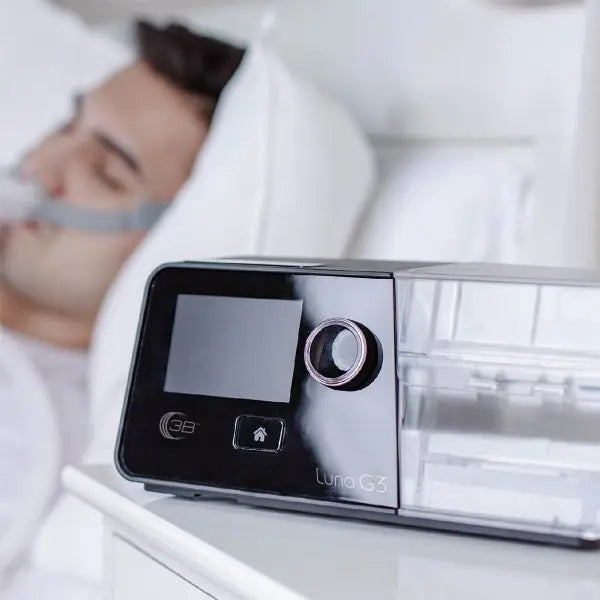The Ultimate Guide to CPAP Therapy: Everything You Need to Know for Better Sleep
If you’ve been diagnosed with sleep apnea or suspect you might have it, you’ve likely heard about CPAP therapy. At USCPAP.com, we’re dedicated to helping you understand how Continuous Positive Airway Pressure (CPAP) machines work, whether you need one, and how to make the most of this life-changing treatment. Sleep apnea can disrupt your health and quality of life, but CPAP therapy offers a proven solution to help you breathe easier and sleep better.
This comprehensive guide answers the most common questions about CPAP therapy, with expert insights, practical tips, and actionable advice to ensure your journey to better sleep is smooth and successful.
What Is CPAP Therapy and How Does It Work?
CPAP stands for Continuous Positive Airway Pressure, a gold-standard treatment for obstructive sleep apnea (OSA), a condition where the airway collapses or becomes blocked during sleep, causing breathing pauses (apneas). A CPAP machine delivers a steady stream of pressurized air through a mask to keep your airway open, ensuring uninterrupted breathing throughout the night.
How It Works:
-
The Machine: A CPAP device includes a motor that generates pressurized air, a hose to deliver it, and a mask that fits over your nose, mouth, or both.
-
Keeping Airways Open: The pressurized air acts like a splint, preventing the airway from collapsing and eliminating apneas or hypopneas (partial blockages).
-
Customized Pressure: A sleep specialist determines the ideal pressure setting based on a sleep study, ensuring optimal comfort and effectiveness.
Pro Tip: Modern CPAP machines are quieter, more compact, and often come with features like heated humidifiers and smart data tracking to enhance comfort and monitor your progress.
Do I Need a CPAP Machine?
If you’re wondering whether CPAP therapy is right for you, it starts with a proper diagnosis. Here’s how to know if you need a CPAP machine:
Signs You Might Need CPAP:
-
Loud Snoring: Persistent snoring, especially if interrupted by choking or gasping, is a hallmark of sleep apnea.
-
Daytime Fatigue: Feeling excessively sleepy or unfocused during the day, even after a full night’s sleep.
-
Other Symptoms: Morning headaches, dry mouth, irritability, or difficulty concentrating could indicate sleep apnea.
-
Partner Observations: Your bed partner may notice pauses in your breathing or loud snoring.
Getting Diagnosed:
-
Sleep Study: A polysomnography (in-lab) or home sleep apnea test (HSAT) is required to confirm sleep apnea. These tests measure your breathing, oxygen levels, and sleep patterns.
-
Doctor’s Recommendation: If your sleep study shows an Apnea-Hypopnea Index (AHI) of 5 or higher (indicating mild, moderate, or severe sleep apnea), your doctor may prescribe CPAP therapy.
Did You Know? Untreated sleep apnea increases the risk of heart disease, stroke, diabetes, and accidents due to daytime drowsiness. CPAP therapy can significantly reduce these risks.
When and How Often Should I Use My CPAP?
For CPAP therapy to be effective, consistency is key. Here’s what you need to know:
-
Every Night: Use your CPAP machine every time you sleep, including naps, to ensure your airway stays open and you get restorative sleep.
-
All Night Long: Aim to use it for the entire duration of your sleep. Even a few hours of use can help, but full-night use maximizes benefits like improved energy and reduced health risks.
-
Travel and Portability: Compact travel CPAP machines make it easy to stick to therapy on the go. Always pack your CPAP for trips to maintain your treatment routine.
Pro Tip: Set a bedtime routine to make CPAP use a habit. Place the machine on your nightstand, and use it consistently for 30 days to adjust to the therapy.
Will I Need CPAP Therapy Forever?
The need for CPAP depends on the underlying cause of your sleep apnea and lifestyle factors. Here’s a breakdown:
-
Long-Term Use: For many, sleep apnea is a chronic condition requiring lifelong CPAP use, especially if caused by anatomical factors like airway structure.
-
Reducing Dependency: Some people may reduce or eliminate the need for CPAP by:
-
Losing Weight: Excess weight can contribute to airway obstruction. Weight loss may improve or resolve sleep apnea in some cases.
-
Positional Therapy: Sleeping on your side instead of your back may help mild cases.
-
Surgical Options: Procedures like uvulopalatopharyngoplasty (UPPP) or maxillary advancement can address anatomical issues in select cases.
-
-
Regular Checkups: Work with your doctor to monitor your condition. Follow-up sleep studies can determine if your CPAP needs have changed.
Key Insight: Even if CPAP is a long-term commitment, modern machines and masks are designed for comfort, making therapy easier to integrate into your life.
How Do I Know If I Have Sleep Apnea?
Sleep apnea often goes undiagnosed because symptoms occur during sleep. Here’s how to spot it:
Common Symptoms:
-
Nighttime Signs: Loud snoring, gasping or choking during sleep, frequent waking, or restless sleep.
-
Daytime Signs: Excessive sleepiness, difficulty concentrating, irritability, or morning headaches.
-
Other Clues: Dry mouth, sore throat upon waking, or high blood pressure.
Confirming the Diagnosis:
-
Talk to Your Doctor: Share your symptoms and ask about a sleep study.
-
Sleep Study: This is the only way to definitively diagnose sleep apnea and determine its severity.
Action Step: If you or your partner notice these symptoms, don’t delay. Contact a sleep specialist or visit USCPAP.com for resources on getting tested.
How Do I Get a CPAP Machine?
Getting started with CPAP therapy is straightforward with the right steps:
-
Diagnosis: Complete a sleep study to confirm sleep apnea.
-
Prescription: Your doctor will prescribe a CPAP machine with specific pressure settings based on your sleep study results.
-
Durable Medical Equipment (DME) Provider: The prescription is sent to a DME company (like USCPAP.com), which supplies the machine, mask, and accessories.
-
Fitting and Setup: The DME provider will help you select a mask (nasal, nasal pillow, or full-face) and provide training on setup and use.
Pro Tip: At USCPAP.com, we offer personalized support to find the perfect CPAP equipment tailored to your needs, with fast shipping and expert guidance.
How Do I Operate and Clean My CPAP Machine?
Proper use and maintenance of your CPAP machine ensure comfort, hygiene, and durability. Here’s how to do it right:
Operating Your CPAP:
-
Setup: Follow the DME provider’s instructions to assemble the machine, hose, and mask. Adjust the mask for a snug, leak-free fit.
-
Settings: Your doctor or DME provider will program the correct pressure settings. Avoid adjusting these without professional guidance.
-
Features: Learn to use features like ramp settings (gradual pressure increase) or heated humidifiers for added comfort.
Cleaning Your CPAP:
-
Daily: Wash the mask cushion with mild soap and warm water. Wipe down the machine’s exterior.
-
Weekly: Clean the hose, humidifier chamber, and reusable filters with soap and water. Replace disposable filters as recommended.
-
Tips: Use distilled water in the humidifier to prevent mineral buildup. Avoid harsh chemicals that could damage equipment.
Pro Tip: Invest in a CPAP cleaning device, like the SoClean or Lumin, available at USCPAP.com, for effortless sanitization.
What If I Experience CPAP-Related Problems?
Adjusting to CPAP therapy can take time, but most issues are easily resolved. Here are common problems and solutions:
-
Dry Nose or Throat: Use a heated humidifier or nasal saline spray to add moisture. Adjust humidifier settings for comfort.
-
Mask Leaks: Ensure a proper mask fit. Try a different mask style or size, or use a mask liner to improve the seal.
-
Skin Irritation: Clean the mask daily and consider a softer mask material or padding. Consult your DME provider for alternative options.
-
Claustrophobia: Start with short daytime sessions to get used to the mask. Nasal pillow masks or relaxation techniques can help.
-
Pressure Discomfort: Ask your doctor about auto-CPAP machines that adjust pressure dynamically or bilevel (BiPAP) devices for easier exhalation.
Action Step: If problems persist, contact your DME provider or sleep specialist. At USCPAP.com, our team is ready to troubleshoot and recommend solutions tailored to your needs.
Why Choose USCPAP.com for Your CPAP Journey?
At USCPAP.com, we’re more than just a CPAP supplier—we’re your partner in better sleep. Here’s why thousands trust us:
-
Wide Selection: From top brands like ResMed and Philips Respironics to travel-friendly models, we have the best CPAP machines and masks.
-
Expert Support: Our team provides personalized guidance, from choosing equipment to troubleshooting issues.
-
Fast Shipping: Get your CPAP supplies delivered quickly, so you can start therapy without delay.
-
Educational Resources: Access our blog, guides, and FAQs to stay informed and confident about your treatment.
Take Control of Your Sleep Today
CPAP therapy can transform your health, energy, and quality of life by treating sleep apnea effectively. Whether you’re just starting or looking to optimize your CPAP experience, USCPAP.com is here to support you every step of the way.
Ready to get started? Visit USCPAP.com to explore our range of CPAP machines, masks, and accessories, or contact our team for personalized advice. Sleep better, live better—start your CPAP journey today!









Leave a comment
This site is protected by hCaptcha and the hCaptcha Privacy Policy and Terms of Service apply.